Tanzania
The Big 5
The Legend of Africa's Big Five
In the late 19th century, early big game hunters in Africa introduced the term "The Big Five" to describe the five animals that were considered the most challenging and dangerous to hunt on foot. These animals earned their place on the list not only because of their size and strength but also because of their intelligence, unpredictable nature, and ability to defend themselves when threatened.
Today, the phrase "Big Five" has taken on a new and positive meaning. For modern safari travelers with Sema Africa Tours, it represents the ultimate wildlife experience — the thrill of spotting Africa's most iconic and majestic animals in their natural habitats, not as trophies, but as symbols of conservation and wonder.
The Big Five animals are:
-
African Lion – The king of the savannah, known for its powerful roar and regal presence.
-
Leopard – Elusive and graceful, often seen resting in tree branches during the day.
-
African Elephant – The gentle giant, admired for its intelligence and social bonds.
-
Rhinoceros (Black & White) – Strong yet vulnerable, representing Africa's conservation challenges.
-
Cape Buffalo – Tough and unpredictable, respected by even the most experienced rangers.


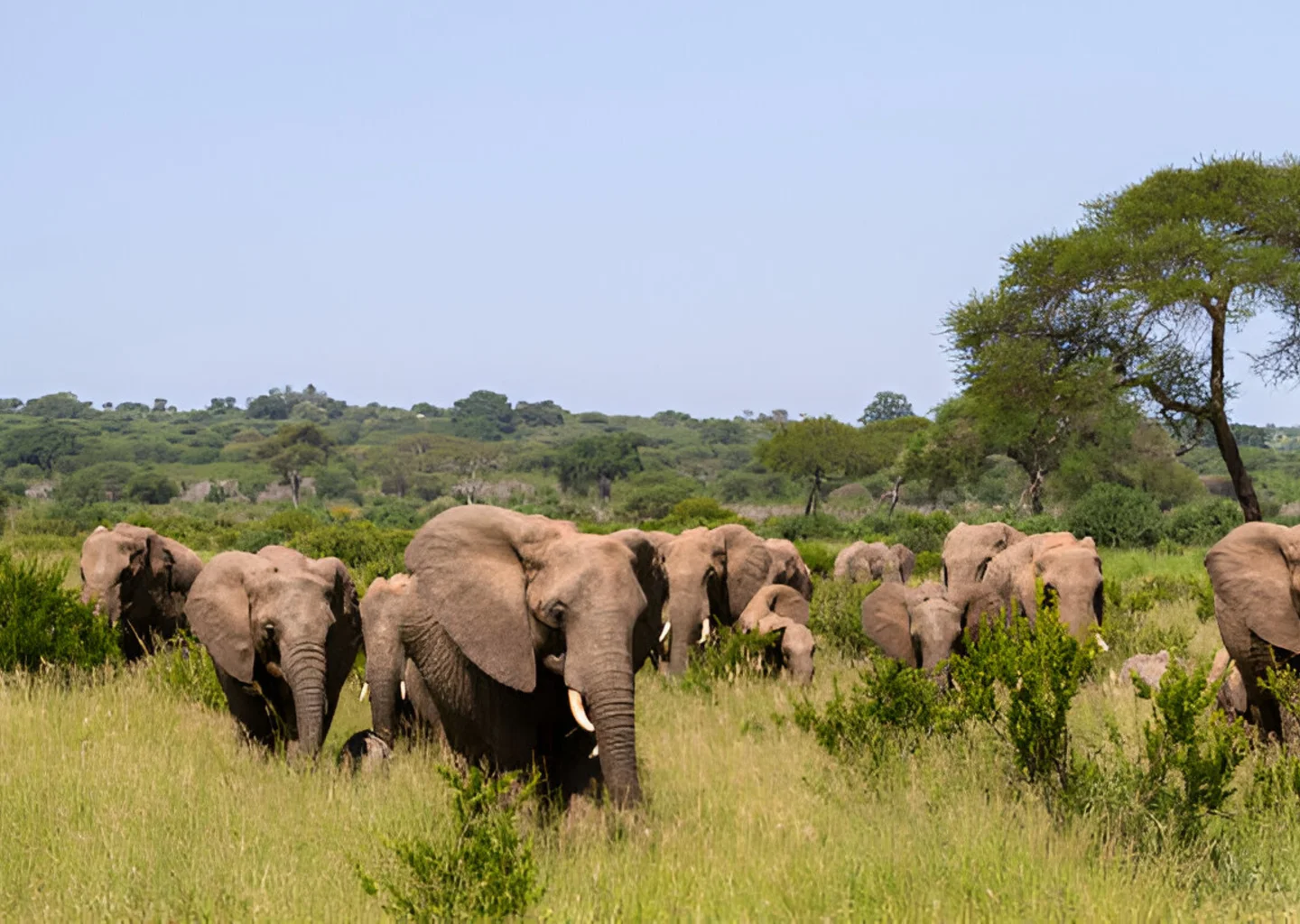
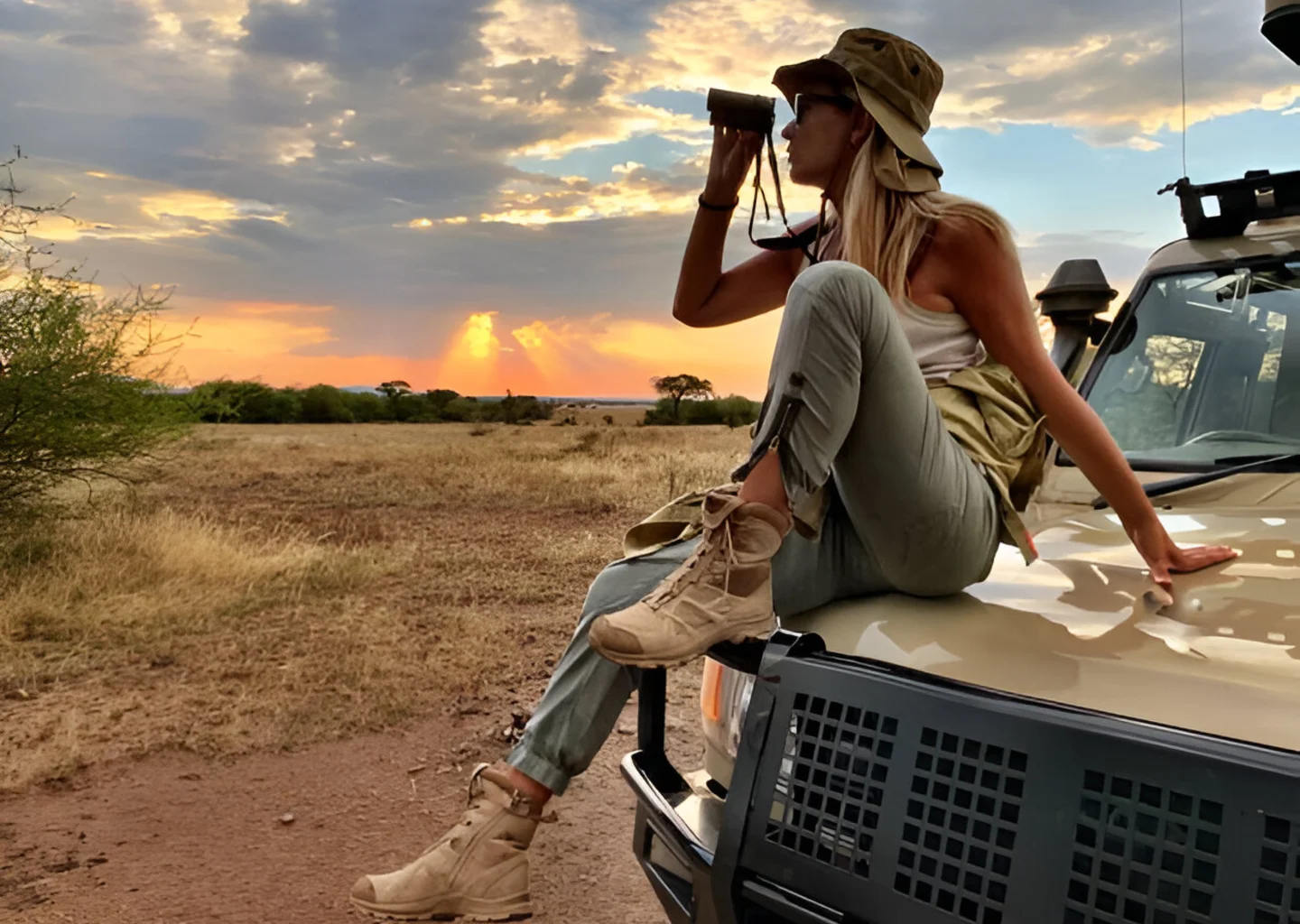
Over time, the legendary reputation of the Big Five attracted countless hunters, and sadly, these magnificent creatures suffered greatly as a result. The largest and strongest were often targeted, leaving a lasting impact on their populations and genetic diversity.
Fortunately, today's safaris tell a very different story. With the rise of photographic safaris, the Big Five continue to inspire — not as trophies, but as living symbols of Africa's wild beauty. Meeting any one of these animals in its natural environment evokes a deep sense of wonder and respect that words can hardly describe.
Tanzania, one of Africa's premier safari destinations, proudly protects all members of the Big Five within its vast network of national parks and wildlife reserves. From the endless plains of the Serengeti to the breathtaking Ngorongoro Crater, Sema Africa Tours invites you to witness these icons of the wild thriving freely in their natural habitats.
Where and When to Experience the Big Five in Tanzania
Each member of the Big Five can be seen throughout the year in Tanzania's premier national parks and reserves. However, the best time to spot them often depends on the season. During the dry season (June to October), wildlife viewing becomes easier as animals gather around water sources and the vegetation thins out, offering clearer sightings.
No matter the time of year, Sema Africa Tours ensures you have the best opportunities to encounter these iconic animals up close — guided by expert safari guides who know the land and its rhythms intimately.
Lion – The King of the Savannah
Majestic and powerful, the African lion is one of the most sought-after sightings on any safari. Although they're famously laid-back — often resting for up to 23 hours a day — lions come alive in the early mornings, late afternoons, and at night when the air cools and hunting begins.
Unlike most cats, lions are highly social, living in family groups known as prides, which can include up to 50 members. Males are easy to recognize by their impressive manes, symbols of strength and dominance.
One of Tanzania's most fascinating sights is the tree-climbing lions of Lake Manyara National Park, a rare behavior not often seen elsewhere in Africa. Lions prefer open grasslands and acacia woodlands where their golden coats blend perfectly with the landscape as they stalk their prey.
With Sema Africa Tours, you can encounter lions throughout the year in Tanzania's top safari destinations:
-
Serengeti National Park
-
Ngorongoro Crater & Conservation Area
-
Tarangire National Park
-
Lake Manyara National Park (famous for tree-climbing lions)
-
Ruaha National Park
-
Nyerere National Park
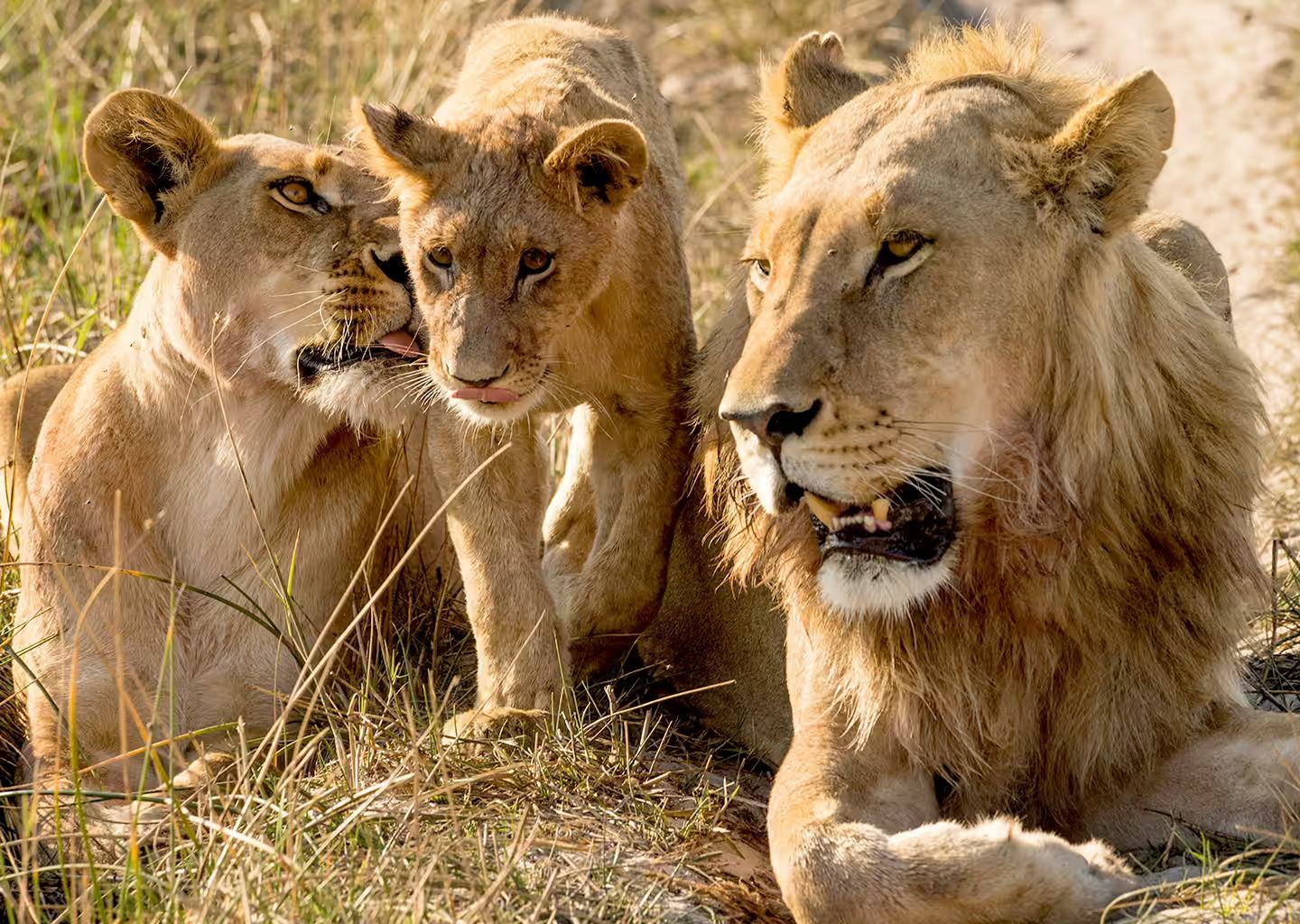
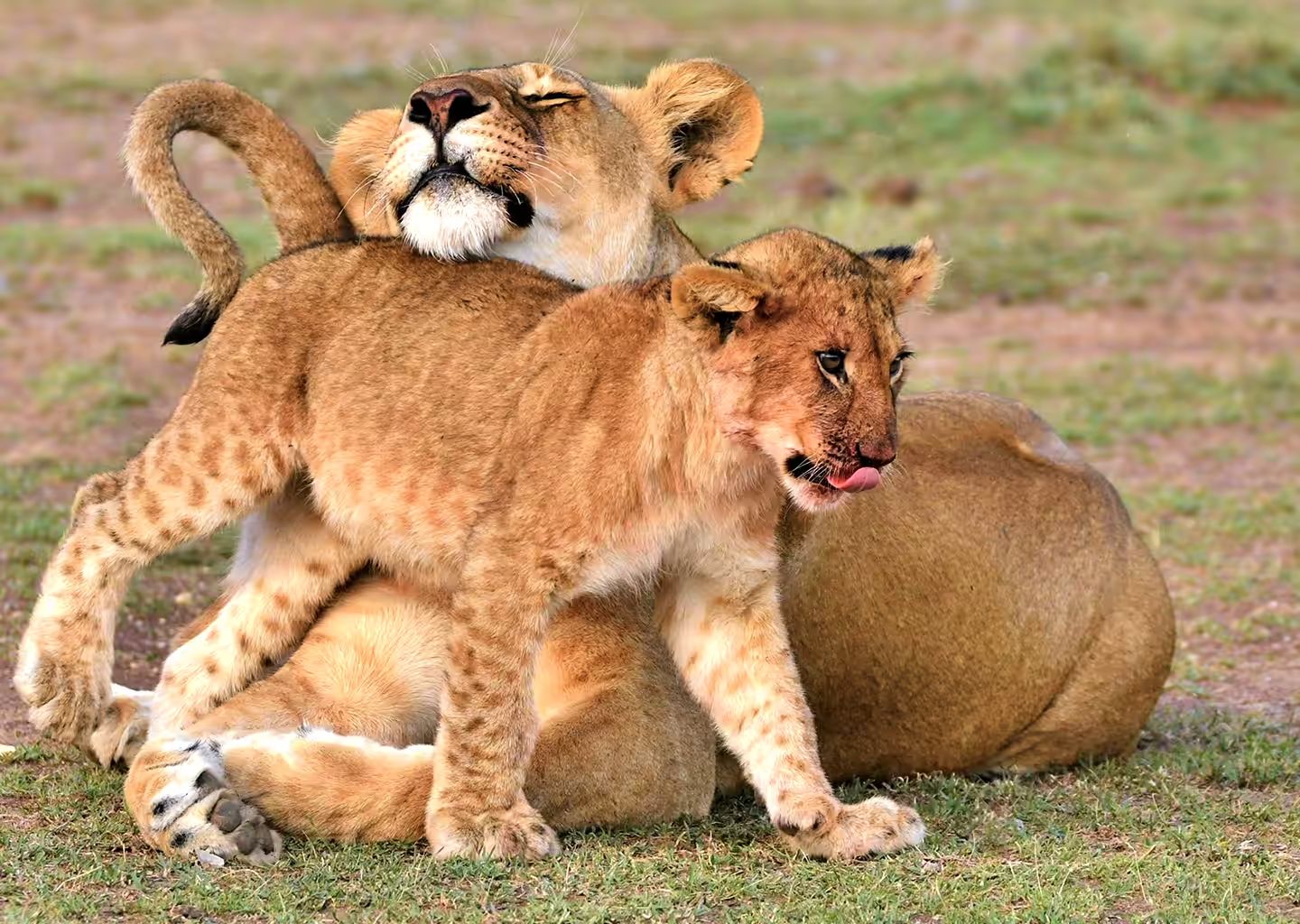
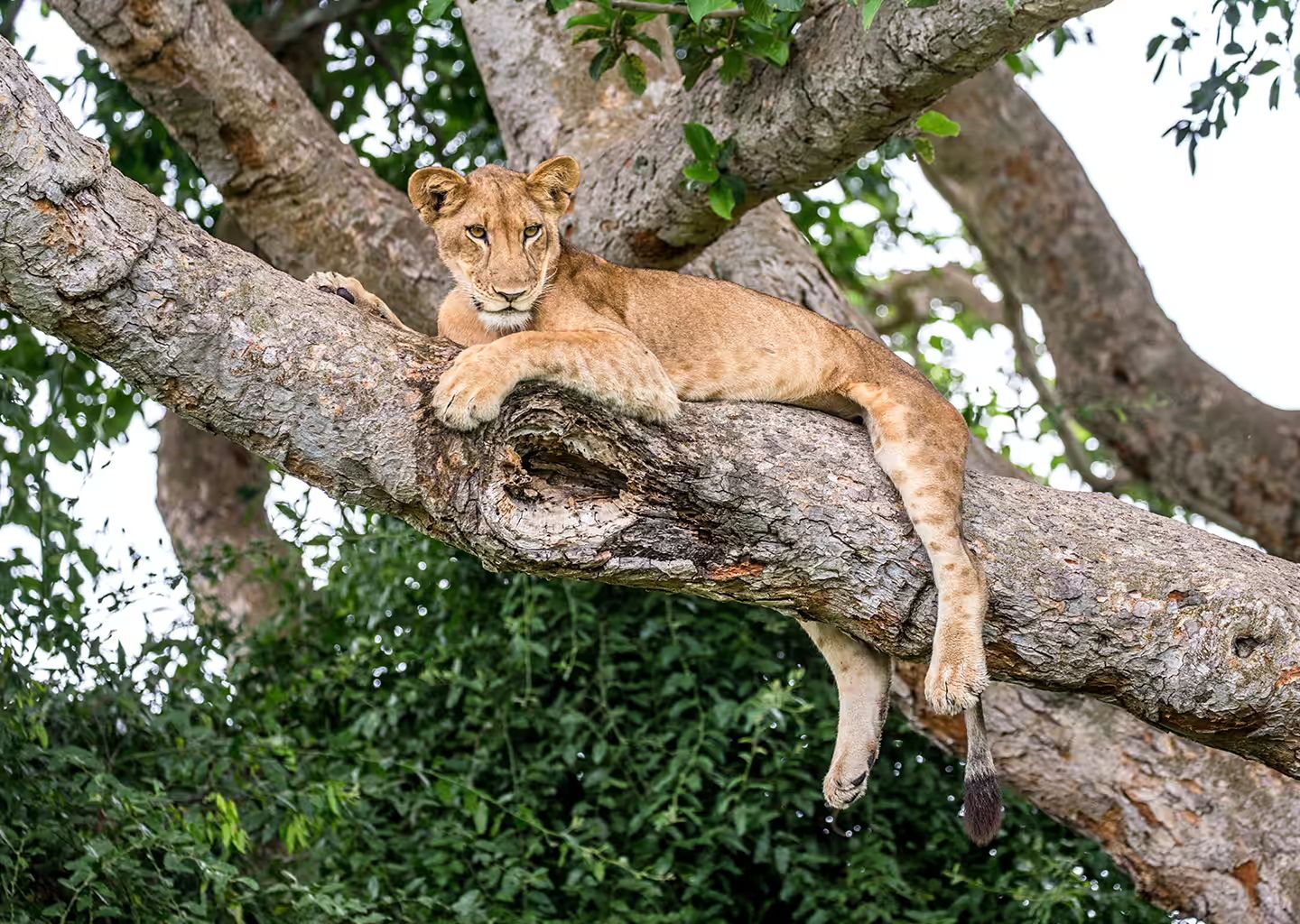
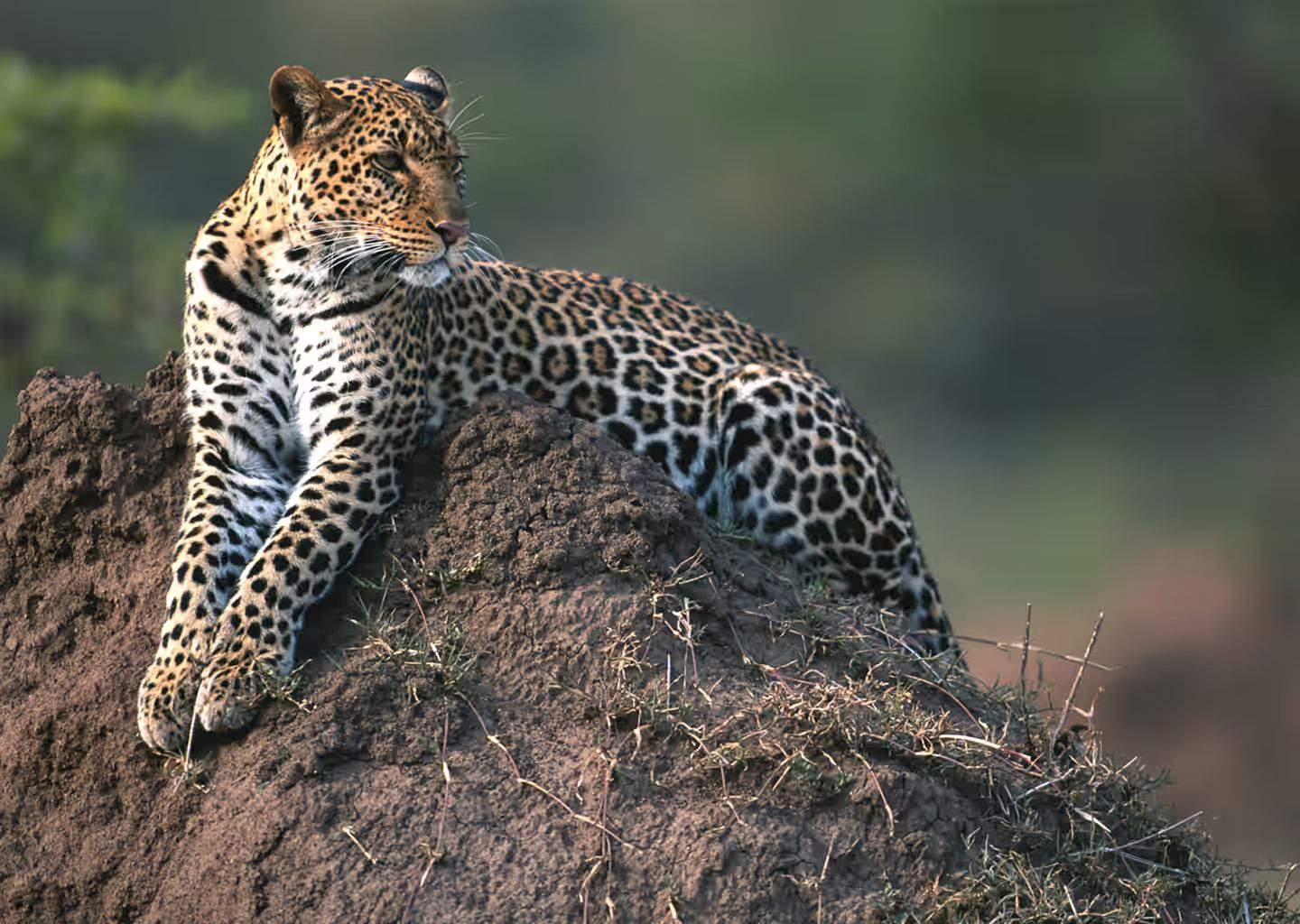

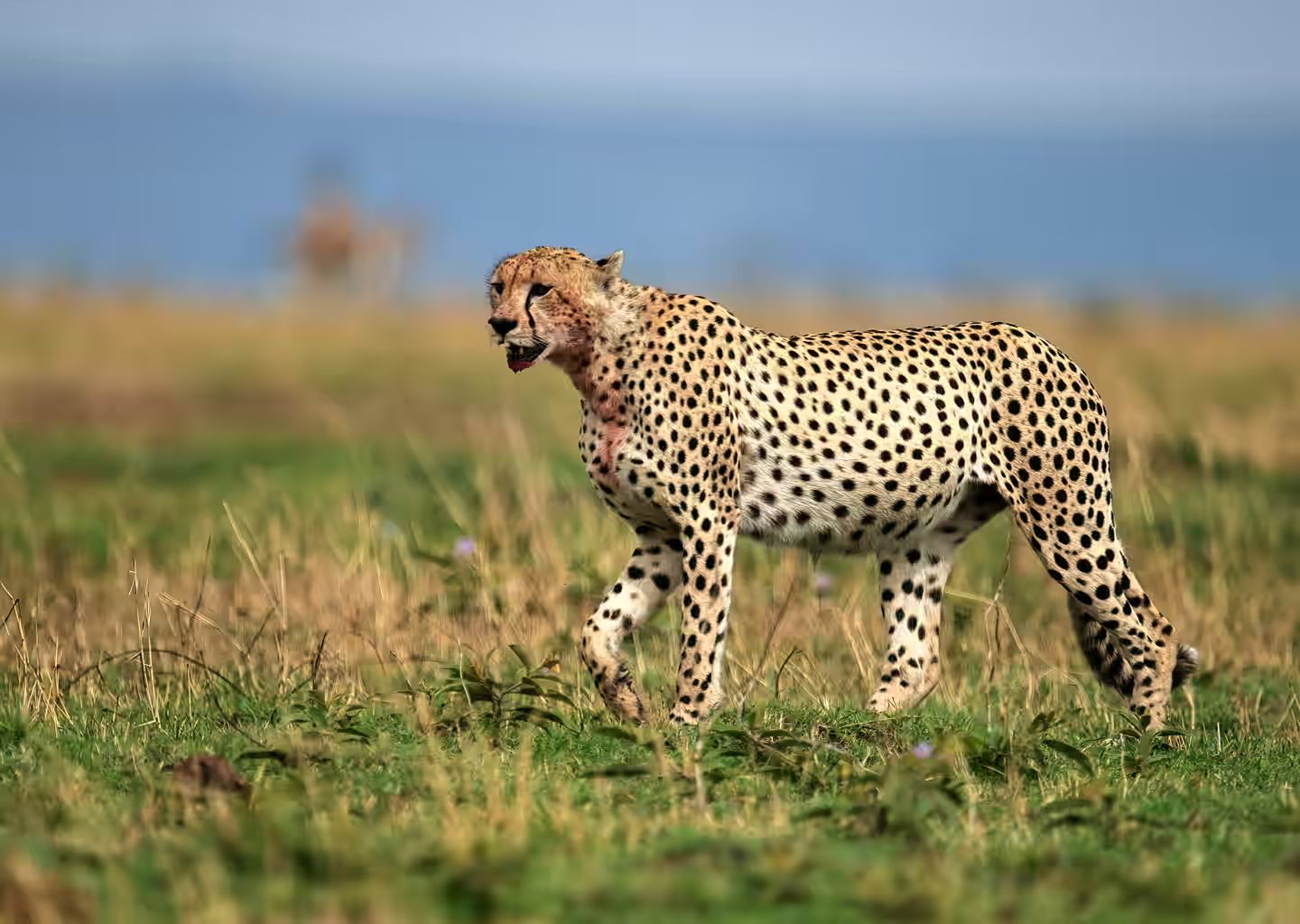
Leopard – The Silent Shadow of the Wild
Elusive and graceful, the leopard is the most secretive of the Big Five and a true master of stealth. Usually solitary, leopards are most active during the cooler hours of early morning, late afternoon, and night — though lucky travelers may occasionally spot one moving during the day.
Renowned for their tree-climbing skills, leopards often drag their prey high into the branches to protect it from scavengers and enjoy a peaceful meal. Their beautifully patterned coats provide perfect camouflage in habitats with dense vegetation, allowing them to disappear silently into the shadows.
Seeing a leopard in the wild is always a special moment — a rare glimpse into Africa's untamed mystery.
With Sema Africa Tours, you can encounter leopards year-round in Tanzania's most scenic wildlife havens:
-
Serengeti National Park
-
Ngorongoro Crater & Conservation Area
-
Tarangire National Park
-
Katavi National Park
-
Ruaha National Park
-
Nyerere National Park
African Elephant – Gentle Giants of the Wilderness
Majestic and intelligent, the African elephant is the world's largest land mammal, with adults weighing up to six tons. These gentle giants are active both day and night, continuously roaming in search of food and water across Tanzania's diverse landscapes — from lush swamps and dense woodlands to open plains.
Elephants live in tight-knit family herds led by a matriarch, displaying remarkable social bonds and emotional intelligence. Watching them interact — from playful calves splashing in waterholes to mothers guiding their young — offers one of the most heartwarming safari experiences.
Older males often leave the herd to form bachelor groups, while all elephants share a love for drinking, swimming, and indulging in mud baths that cool their skin and protect them from insects.
With Sema Africa Tours, travelers can enjoy exceptional elephant sightings throughout the year in Tanzania's renowned parks and reserves:
-
Tarangire National Park – Famous for its massive elephant herds.
-
Lake Manyara National Park – A scenic haven with forest-loving elephants.
-
Serengeti National Park – Home to migrating herds and open savannah landscapes.
-
Ruaha National Park – A remote wilderness with one of East Africa's largest elephant populations.
-
Nyerere National Park – A pristine ecosystem where elephants thrive in peace.
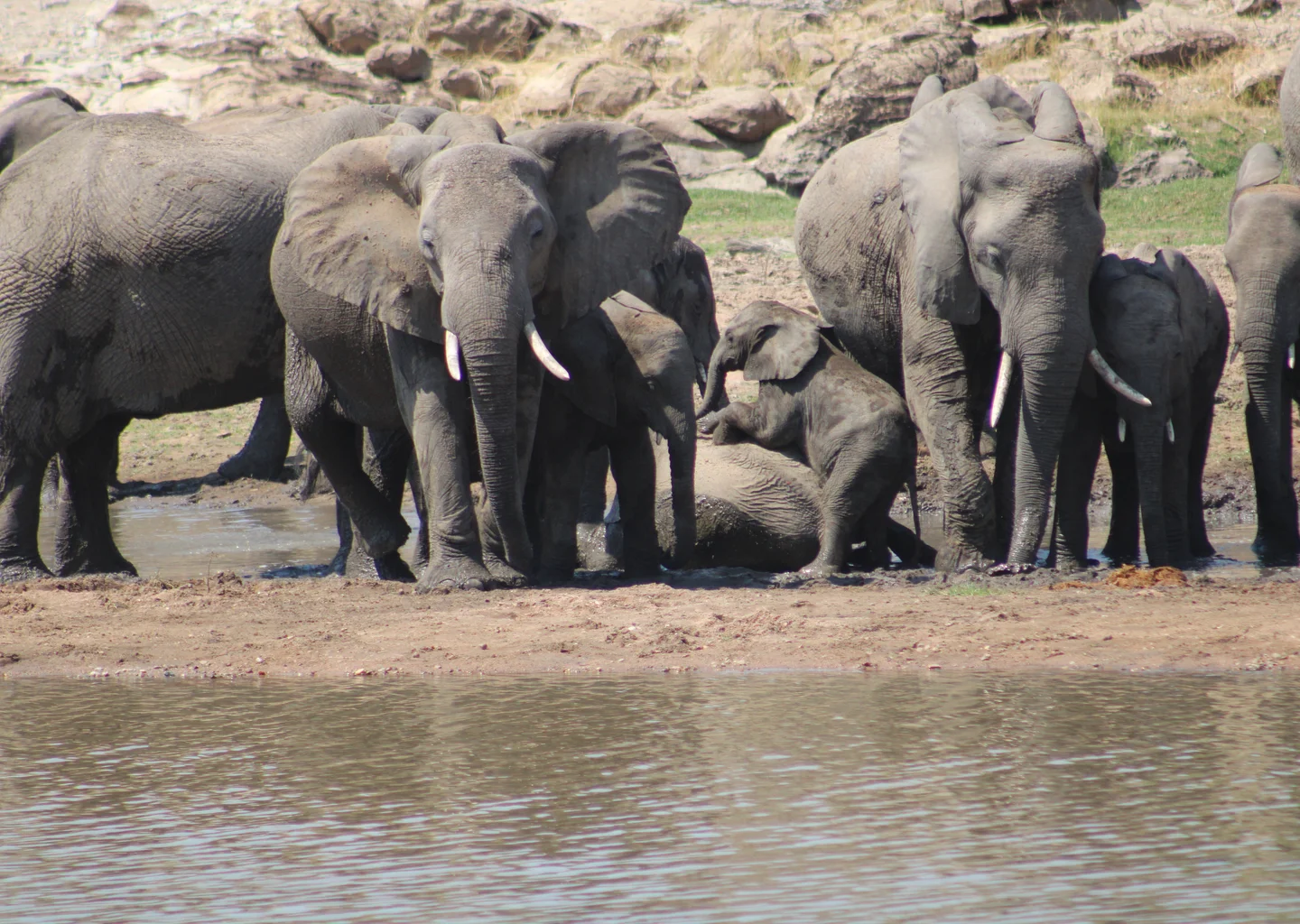

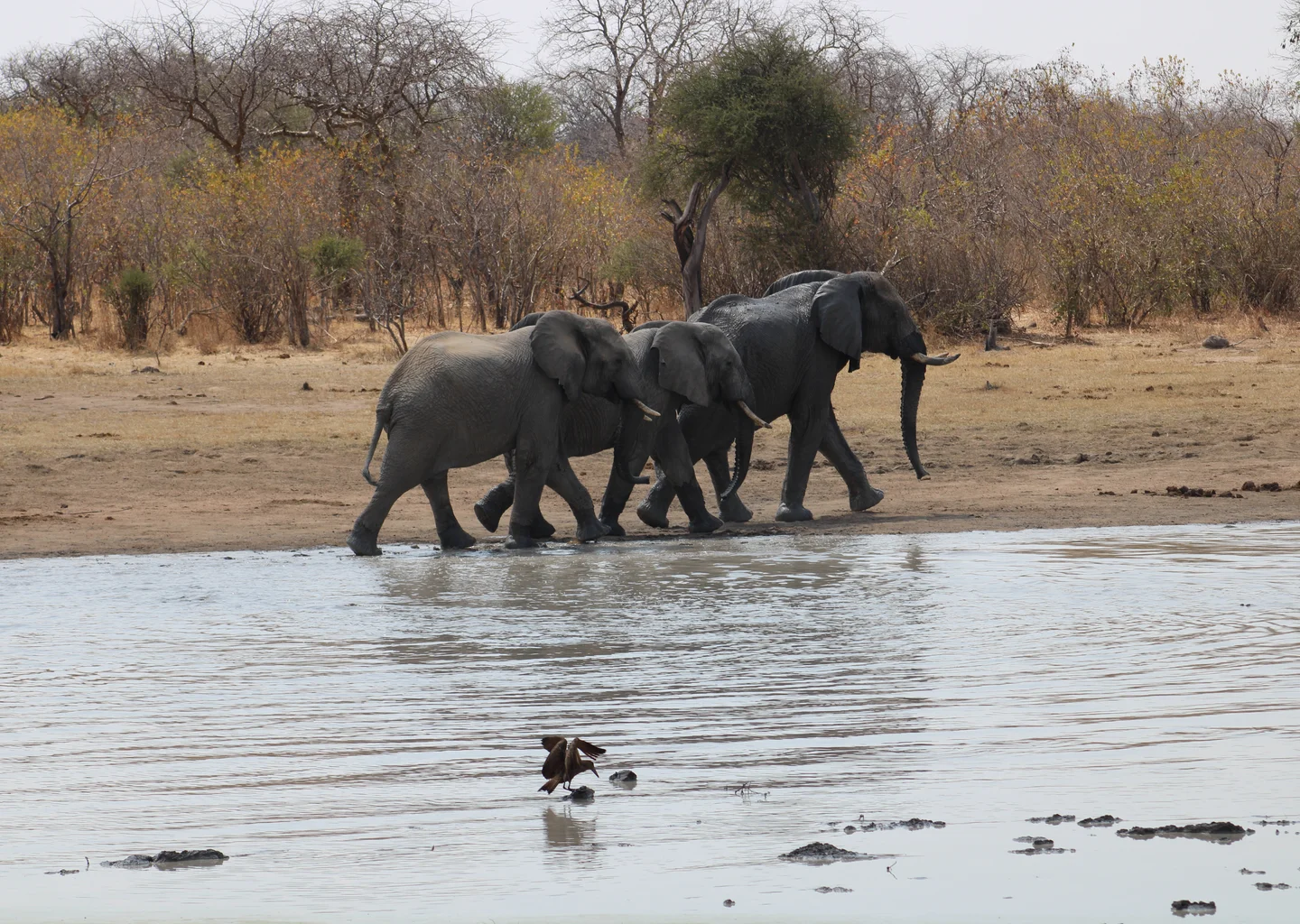
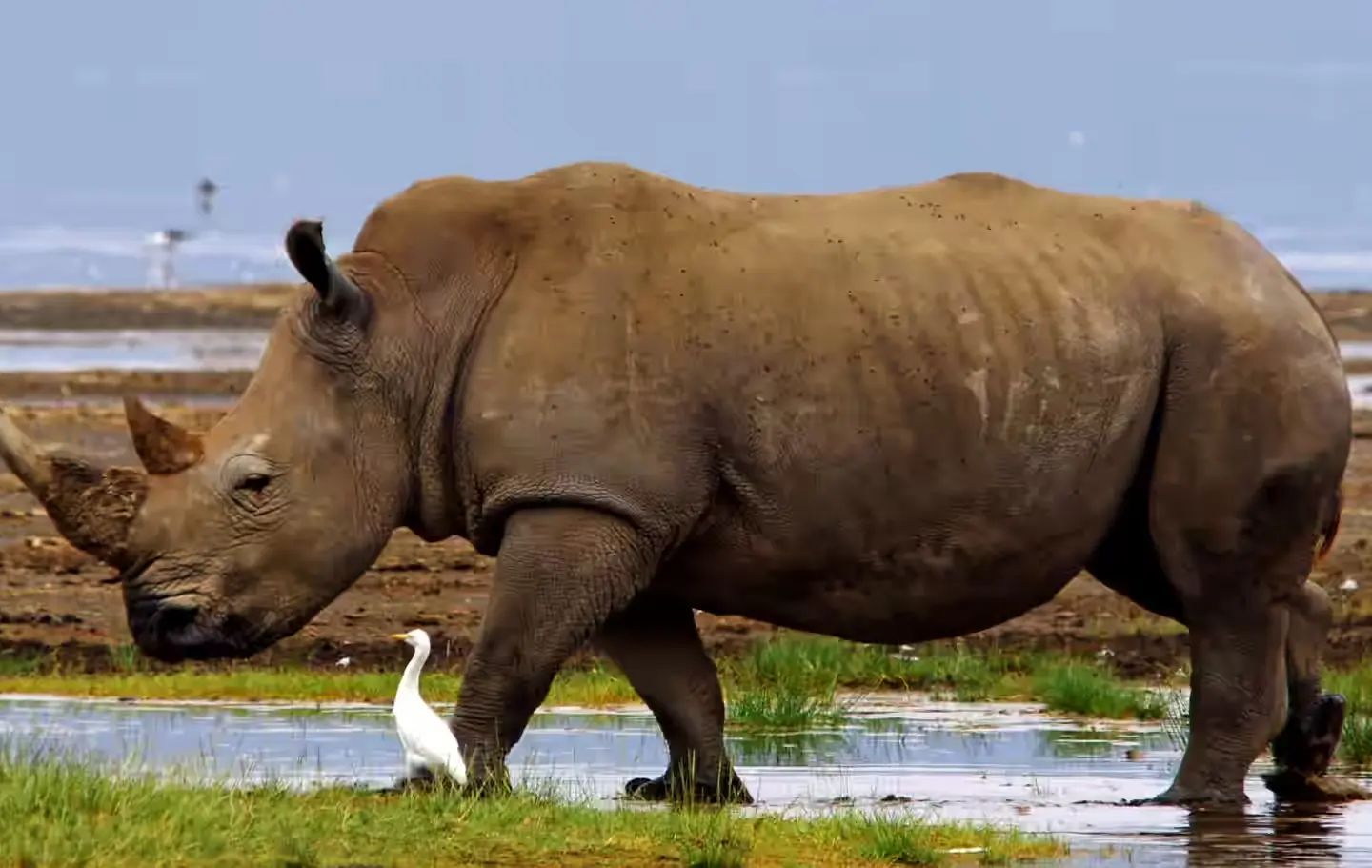
Rhinoceros – Africa's Endangered Icons
Tanzania is home to both black and white rhinos, two of the most powerful yet endangered members of the Big Five.
The black rhino (hook-lipped) is smaller and more solitary, known for its bold nature and preference for browsing on leaves and shrubs. The white rhino (square-lipped) is larger and more social, grazing peacefully on open grasslands.
Though both species have suffered from poaching, strong conservation efforts now protect them in several parks. Spotting a rhino in the wild is a rare and unforgettable safari moment.
See them with Sema Africa Tours in:
-
Serengeti National Park
-
Ngorongoro Crater & Conservation Area
-
Mkomazi National Park
-
Nyerere National Park (rare sightings)
Cape Buffalo – Strength in Numbers
The Cape buffalo is a formidable and social species, with adults weighing 500–900 kg and standing about 1.5 m (4.9 ft) tall. They travel in large herds, sometimes numbering over 1,000 individuals, often in open grasslands and near water, though they may enter wooded areas for grazing and shelter.
Known for their protective nature and strong herd bonds, older males may form smaller groups and are respected for their fearsome temperament when threatened.
With Sema Africa Tours, you can see Cape buffalo throughout Tanzania in:
-
Serengeti National Park
-
Ngorongoro Crater & Conservation Area
-
Tarangire National Park
-
Katavi National Park
-
Ruaha National Park
-
Nyerere National Park
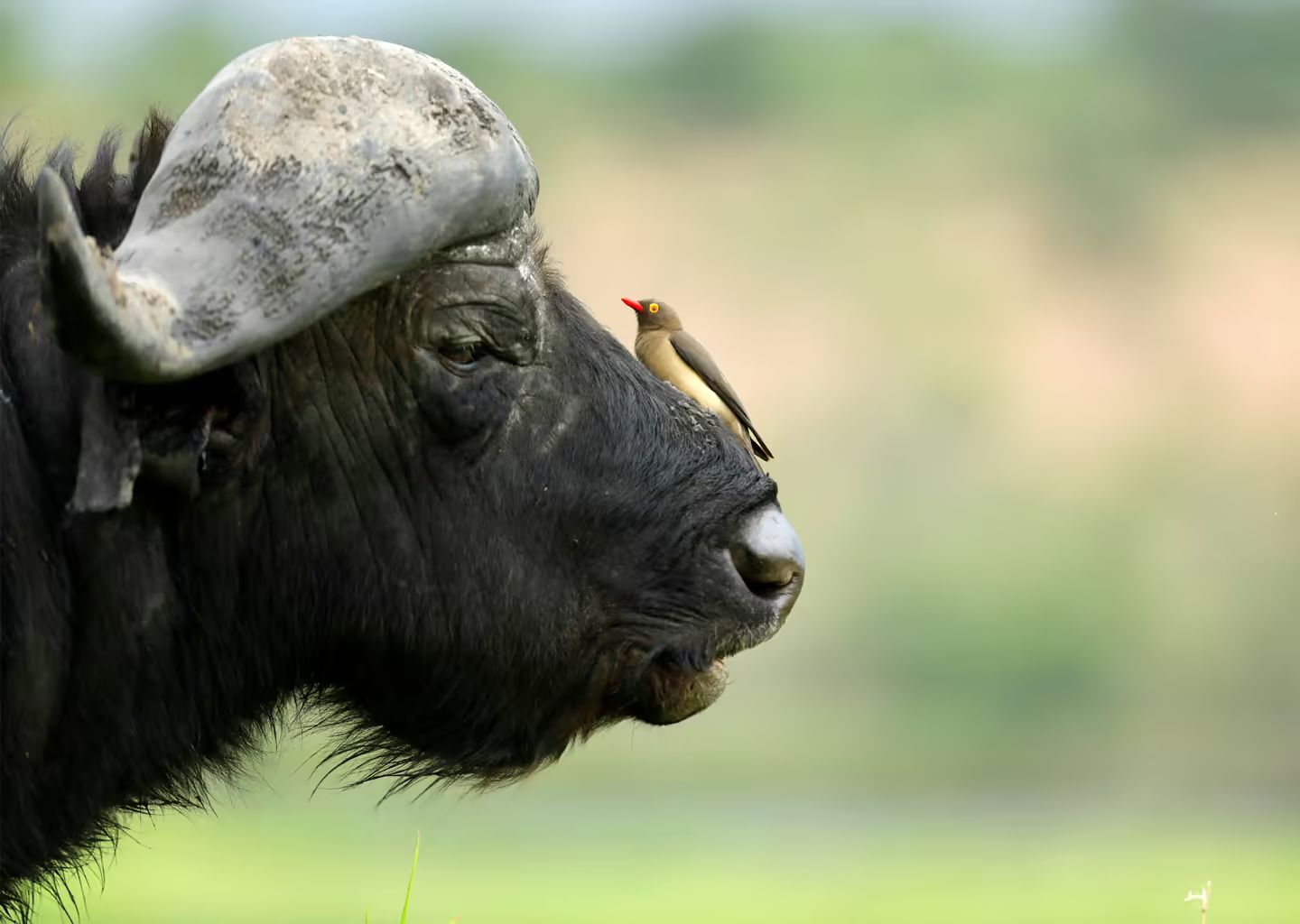
While spotting the Big Five is a thrilling safari highlight, focusing only on them can mean missing out on the full magic of Tanzania's wilderness. These iconic animals are part of complex ecosystems that include thousands of other species — from birds and reptiles to insects, plants, and more.
By taking time to observe and understand the wider habitat, you gain a deeper appreciation for the Big Five and the delicate balance that sustains them. It's also a reminder of why protecting these landscapes is essential for the survival of all wildlife.
Discovering the Big Five and Their Wild World
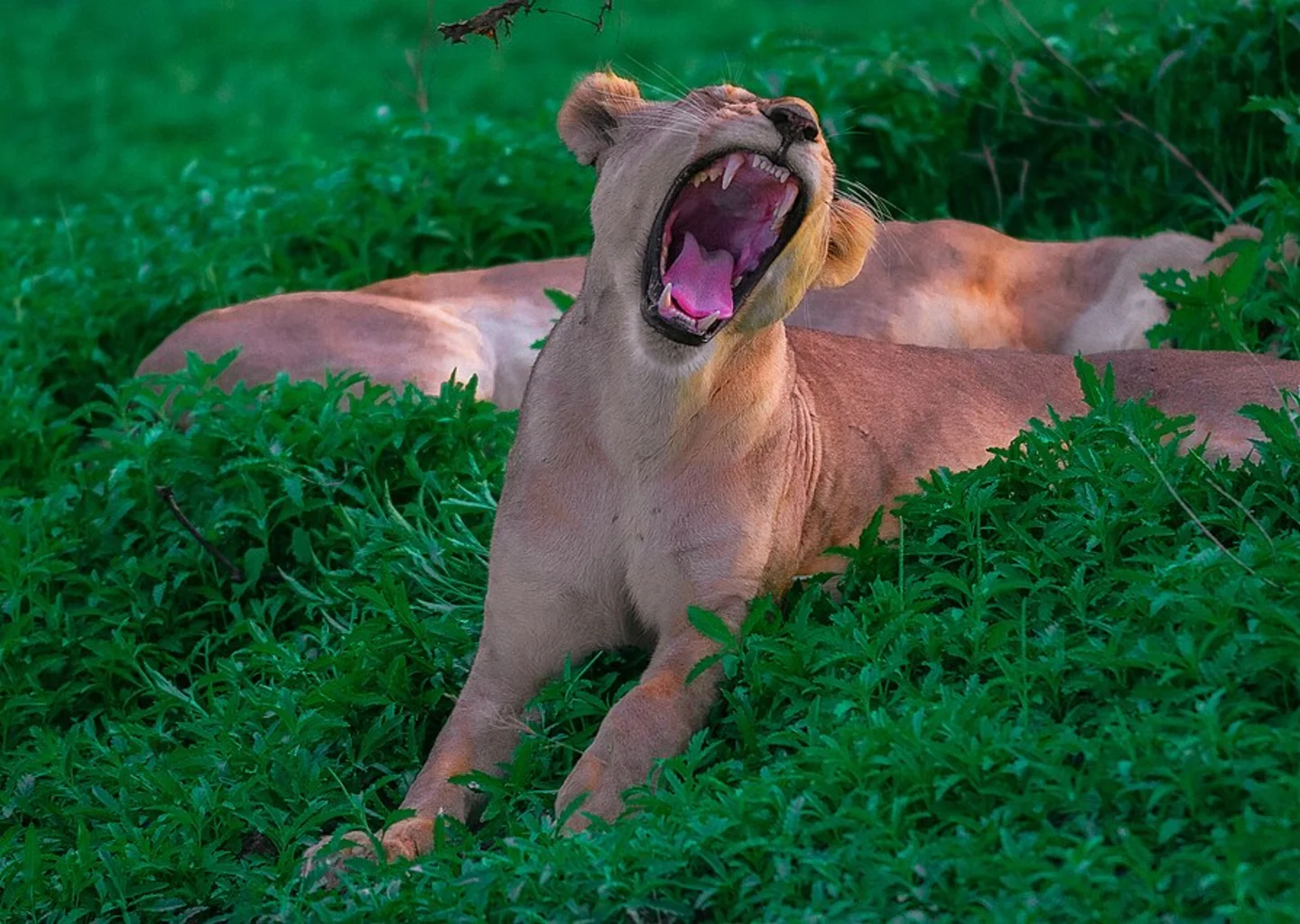
Best Places to See the Big Five in One Safari
If time is limited and your goal is to see all members of the Big Five, the northern circuit is the perfect choice. Serengeti National Park and the Ngorongoro Crater & Conservation Area offer excellent opportunities to spot lions, leopards, elephants, rhinos, and buffalo all in one safari.
For those exploring southern Tanzania, Nyerere National Park provides a rare chance to encounter all five species in a more remote and untouched wilderness.
